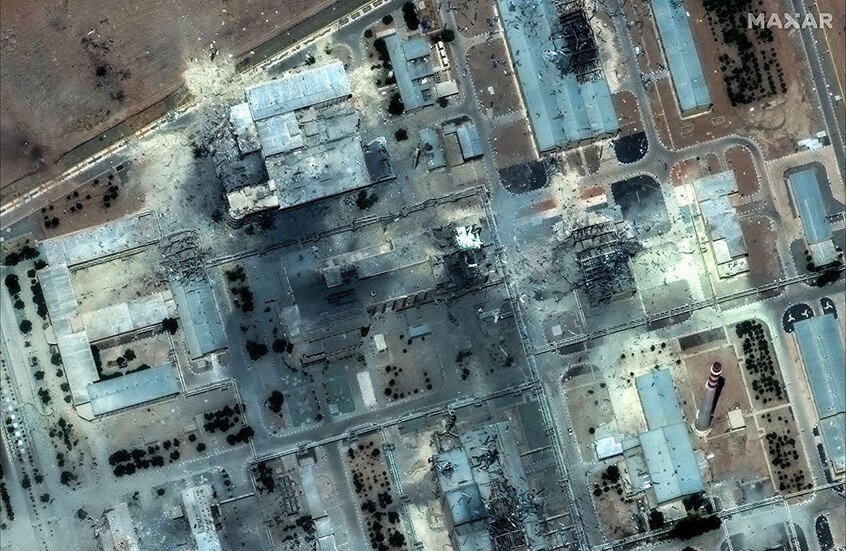CIA Director John Ratcliffe announced on Wednesday that recent U.S. airstrikes caused severe damage to Iran nuclear program.
The statement, published on the official CIA website, highlighted new intelligence from credible sources confirming that multiple critical nuclear installations were destroyed, potentially setting Iran’s nuclear program back by several years.
Intelligence Sources Confirm Widespread Destruction in Iran Nuclear Program
While Ratcliffe refrained from disclosing specific details, he stated that the CIA’s findings included fresh intelligence reports showing long-term damage to Iranian facilities.
He added that extensive efforts are underway to assess the full impact of the airstrikes, which took place on Saturday and targeted three major nuclear sites.
It remains unclear whether Ratcliffe was presenting an official CIA assessment or offering his personal interpretation of preliminary intelligence.
Conflicting Reports Spark Debate on Strike Effectiveness
The CIA statement comes a day after CNN and other media outlets cited an initial analysis by the Defense Intelligence Agency (DIA).
That assessment suggested the U.S. strikes may not have destroyed critical components of Iran’s nuclear infrastructure and might only delay Iran’s capabilities by a few months.
The White House strongly dismissed the DIA’s conclusions, insisting that President Donald Trump’s claims about “crippling” Iran’s nuclear ambitions remain valid.
National Intelligence Director: Iran’s Nuclear Sites ‘Destroyed’
Tulsi Gabbard, Director of National Intelligence, backed the CIA’s position in a post on X (formerly Twitter), stating that new intelligence supports the claim that Iran nuclear program was effectively destroyed during the strikes.
She added:
“If Iran chooses to rebuild, it will need to reconstruct Natanz, Fordow, and Isfahan entirely—a process that could take years.”
Gabbard’s post, however, did not provide additional evidence to support the claims.
Discrepancies in U.S. Intelligence Assessments
Disagreements between intelligence agencies are not uncommon, especially in the early stages of crisis reporting.
While the CIA and Office of the Director of National Intelligence suggest a long-term blow to Iran’s nuclear ambitions, the Defense Intelligence Agency appears to hold a more conservative outlook on the extent of the damage.
Agencies such as the U.S. National Geospatial-Intelligence Agency, which specializes in satellite imagery analysis, are believed to be closely monitoring the aftermath and may provide further clarity in the coming weeks.
Has Iran Nuclear Program Been Set Back for Years?
While official assessments continue to evolve, the CIA maintains that the U.S. airstrikes significantly degraded Iran nuclear program, with reconstruction likely to be costly and time-consuming. If confirmed, this would represent a major shift in the regional balance of power and a temporary pause in Iran’s nuclear trajectory.
Stay updated with the latest developments on U.S.-Iran relations and Middle East security through our comprehensive news and analysis.


